Today we will talk again with our friends, Krista Allison and Jen Griffing from the Great Start for Great Futures Coalition about each of our roles in helping the children of Stark County realize their potential for a Great Future
Evidence indicates that both the quantity and quality of words spoken to a child in the first 3 years of life predict a child's language and emerging literacy skills more strongly than socioeconomic status, parent level of education, and race/ethnicity (Dickinson and Porche, 2011, Hart and Risley, 1995, Hoff, 2003, Hoff, 2013, Hurtado et al., 2008, Huttenlocher et al., 2010, Rowe, 2012, Weisleder and Fernald, 2013).
From a research perspective, we know that the higher the number of words spoken to a child the greater increase in vocabulary development, enhanced language and speech processing, and improved literacy outcomes. (Hoff and Naigles, 2002, Hurtado et al., 2008, Huttenlocher et al., 1991, Weisleder and Fernald, 2013, Zimmerman et al., 2009).
What that means from a practical perspective is that our relationships and the ways we interact with children are the necessary foundation for language development. Parents and family members can develop meaningful context that others cannot. They know cries, facial expressions, interests and behaviors, and how their children communicate their needs...and of course their wants!
It may sound simple, but the most important way to help children develop language is to build relationships! We know that children are practicing to respond before we can actually see and hear them responding. So, responsive interactions, back and forth turn taking while talking, are the best way to enhance your relationships with children, while at the same time building their language foundation.
Some of these strategies are very natural and are not even related to WHAT we say but HOW we say it. Again, these tips are free. They don’t require any special planning or materials and can be done anytime or anywhere.
Here are 5 elements of responsive interactions:
1. Tuning-In: Tuning in is paying attention to every attempt a child makes to communicate. Eye contact is critical as is waiting and acknowledging sounds, coos and babbles as a young child’s means of communicating along with recognizing how children are moving, responding if they seem unsettled and ensuring they can rest, eat or play in a comfortable way. An ongoing lack of tuning in has been shown to cause a disruption in the developing architecture of a child’s brain. Children CRAVE these positive, responsive interactions and truthfully they are essential for ALL healthy human relationships.
2. Facial Expressions: Using your face to express yourself is another great way to build a relationship and in addition helps children learn what a word means. They will soon learn whether a word is positive or negative, what communicates an emotion or indicates a place or time of day. This all comes together later as children understand the words you are using and can take ownership of those words as their own. A great resource to illustrate how critical facial expressions are to young children is the Still Face Experiment, which you can find online.
3. Touch: Touch is another great way to communicate responsively. Pairing a light touch with talking increases learning as it stimulates multiple pathways in a growing brain to support stronger connections.
4. Gestures: Using gestures, along with words, also helps children understand the meanings of words. In the everyday this might look like, up, under, so big, bye-bye and blowing a kiss.
5. Child-directed Speech: This is the loving, sing-song, high-pitched joyful voice that children love to hear! In child directed speech, you stretch out words and repeat sounds so children start to recognize different sounds and hear the rhythm of language. It's important to note that in this case, we aren’t referring to baby talk, but rather the way we say real words to get high engagement from a young child, using the speed and tones of our voice.
We always like to encourage the idea of “Strive for 5,” that being 5 back and forth responsive interactions. When you have at least 5 serve and returns in your conversation “my turn, your turn.”
“Serve and Return” is back-and-forth communication, or adult speech followed by a child's vocalization within 5 seconds or vice versa. Conversational turns invite children into the conversation regardless of whether they are able to communicate verbally or through nonverbal signals and provide children with the opportunity to build their communication skills in the context of an engaged social relationship (Kuhl, 2007, Zimmerman et al., 2009)]
The brain has the opportunity to be nourished with language and to develop those critical patterns and pathways. It gives you both quantity and quality of words all while growing your relationship as well!
The last strategy around the 5 pertains to the 5 senses (sight, hearing, smell, taste and touch)
Our five senses are a powerful tool in helping us learn about the world around us. As we experience our environments, we can use what we see, smell, hear, touch and taste to give our children lots of words to build their vocabulary and grow strong brain connections.
If we use our 5 senses to enhance our language experience and nourish the relationship and responsive interactions within a group it will make those connections even stronger.
Don’t miss Part 1, Part 2, and Part 4 here.
You can find all our Health Matters Podcasts here: iTunes Google Play Stitcher
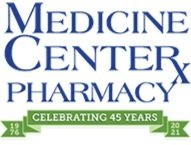
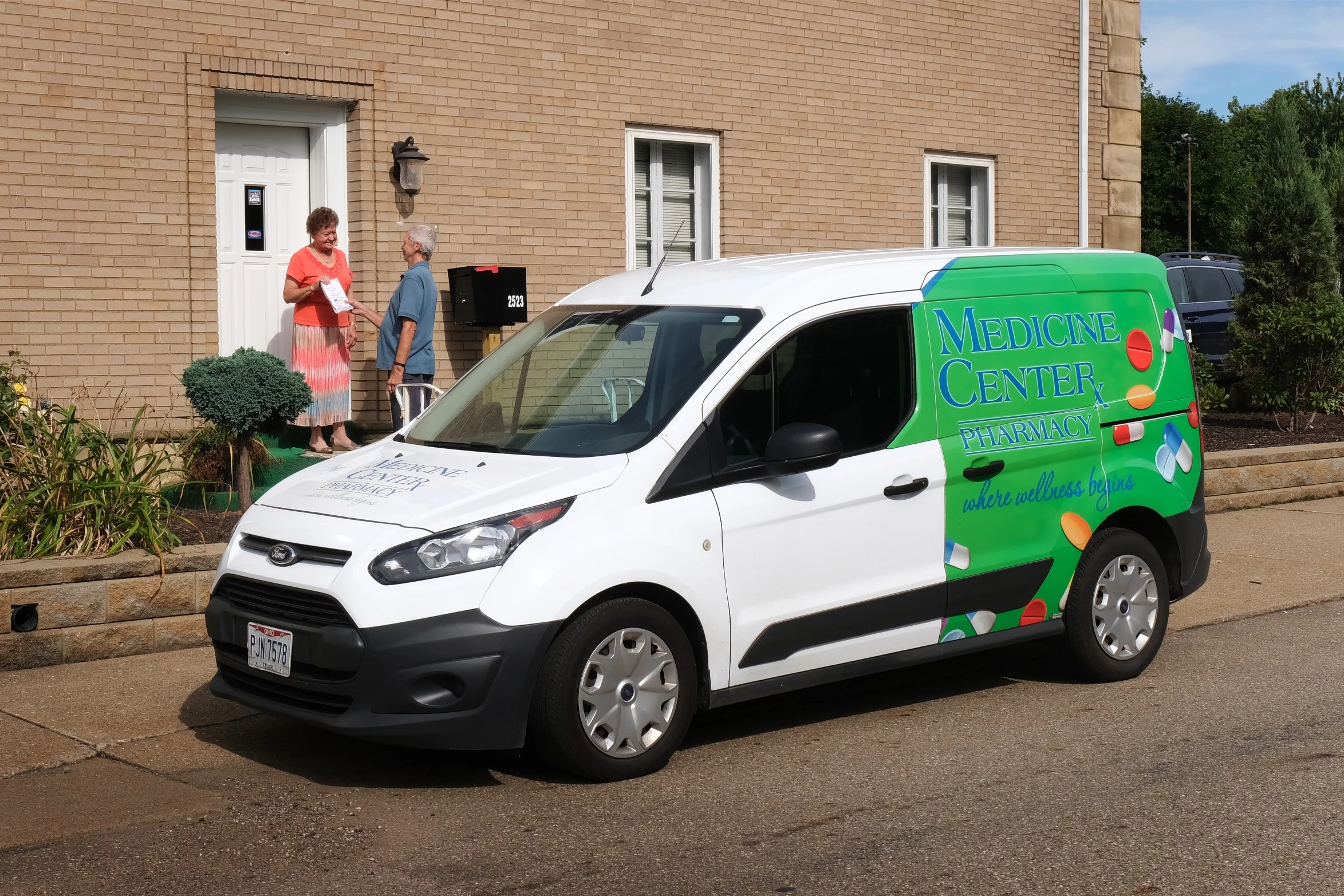





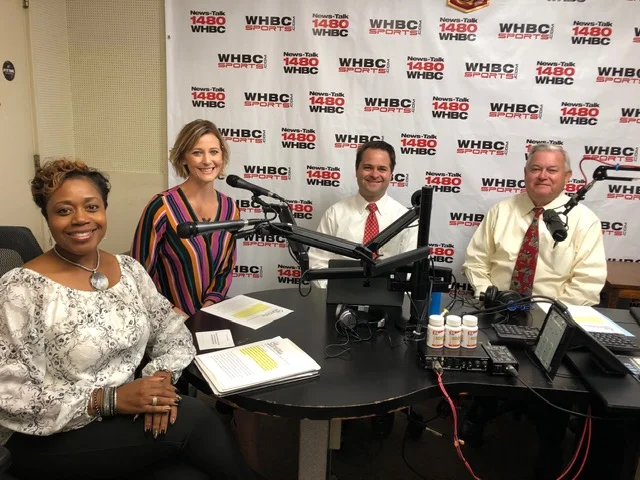
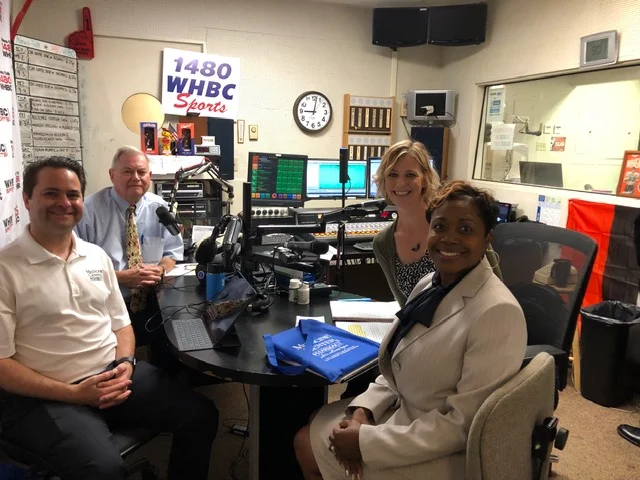
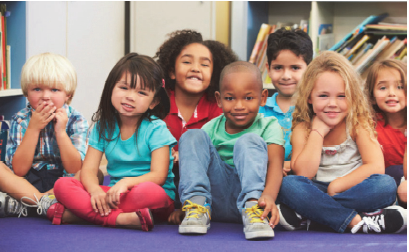
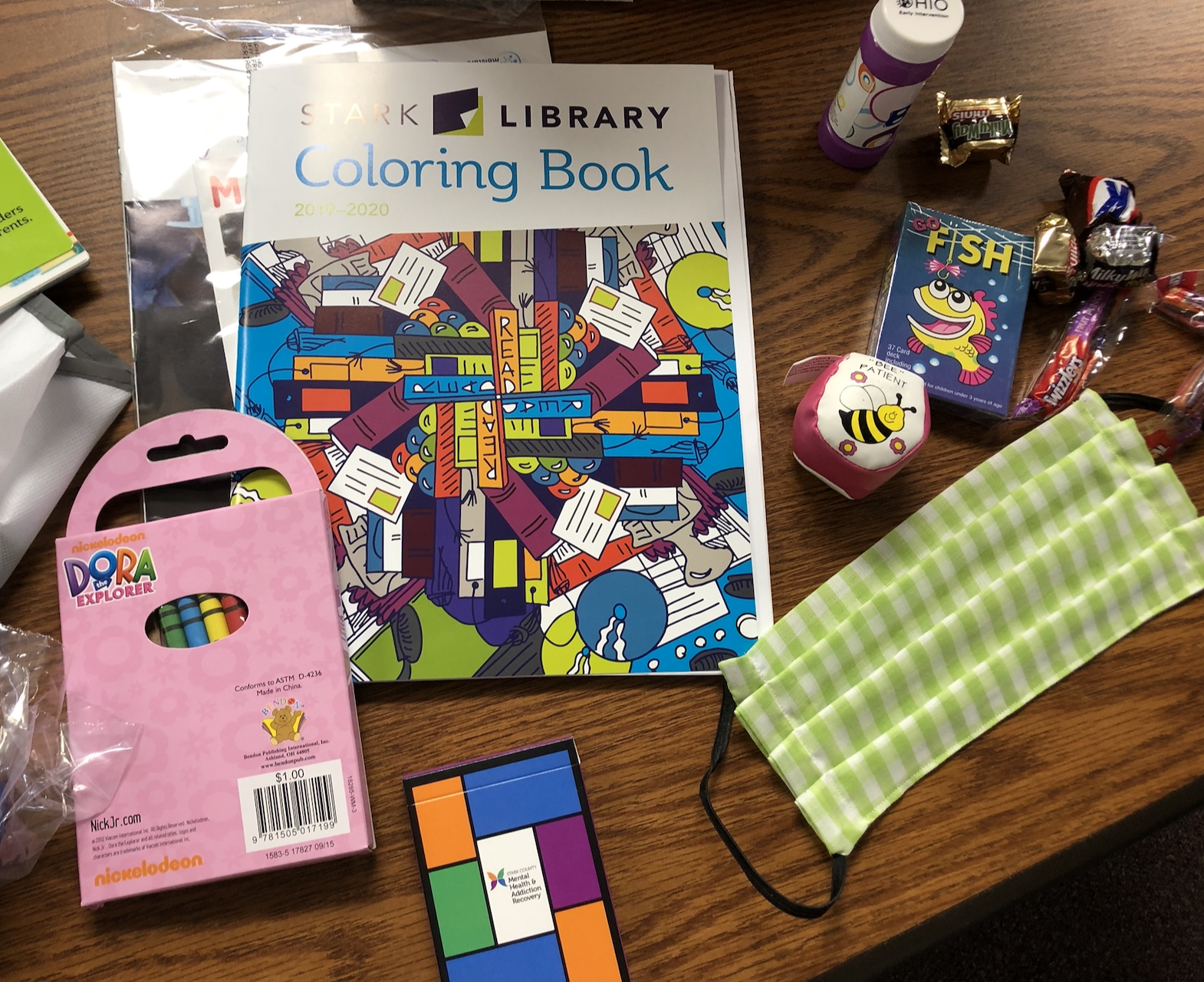


Health Matters is a weekly radio show sponsored by the Medicine Center Pharmacy on WHBC 1480 AM in Canton, Ohio. This episode pharmacists Brad White and Paul White discuss Remote Learning , Language, Literacy and Health and Wellbeing for the entire family.